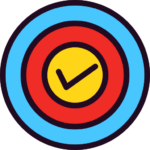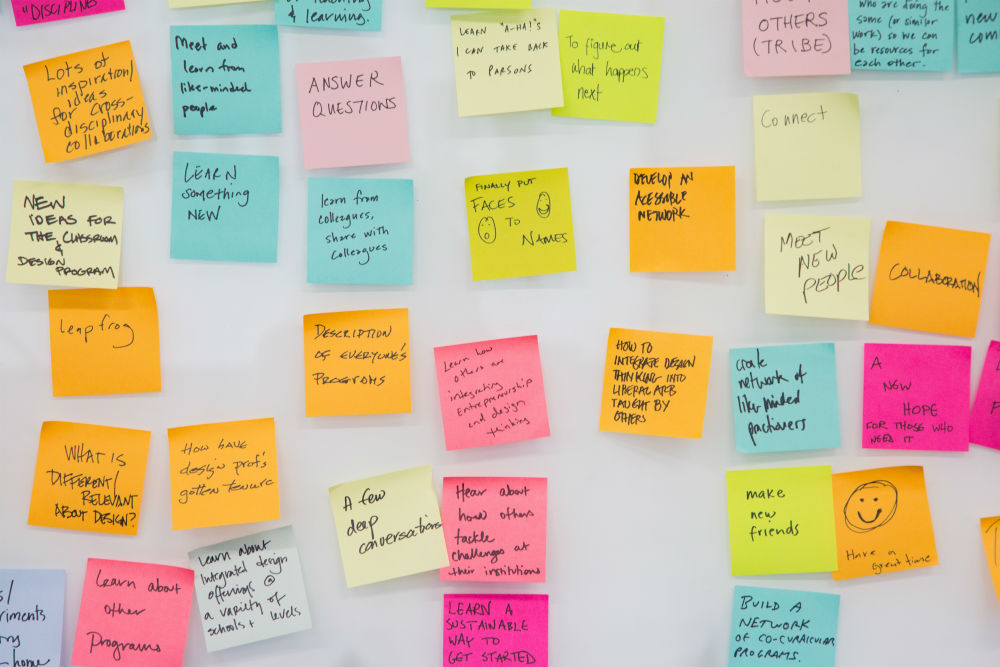We just lost 10+ days due to the February 2021 Winter Storm. An event such this will likely happen again in the future. Below, find a checklist to help prioritize how to redesign your syllabi and content and guide decision making during academic continuity situations.

Revisit the Big Ideas of the Course – Redesign activities to ensure those big ideas are met.
What are the lynchpin ideas for your course? The ideas that without which, students’ subject-matter understanding may very well fall apart?
For example, for my Design Pedagogy course here in UT’s College of Fine Arts, one of the big ideas is that all learning involves the making of memories. I want to ensure that the content we planned to address during the February 2021 Winter Storm closure that feeds that big idea is retained in some fashion.
Direct your redesign with threads to your big ideas. Eradicate items that lightly or minimally build toward big idea development.

Revisit the Learning Outcomes – Identify the key learning outcomes for the content that was missed. Redesign activities to feed those learning outcomes.
Look at the assignments or lectures you have to revise and identify what you wanted to students to be able to do and what you wanted them to be able to understand THAT* after completing the assignment.
For example, after finishing Design Pedagogy, I want my students to be able to design learning activities that help their own students form lasting, strong memories rather than surface or weak memories. So I am asking myself: How can I engage learners in design activities that will help them understand that there are specific instructional methods that help form deep memories and others that promote more surface level retention?
Direct your redesign with threads to the most critical learning outcomes and forget about the supplemental content.

Identify Prior Knowledge – Document the prior knowledge that students need to know in order to achieve the learning outcomes and big ideas. Redesign a few activities to ensure they can gain familiarity with the content as needed.
Identify the critical, prior knowledge that students must grasp before achieving the learning outcomes you want to maintain. Find ways to expose students to develop at least familiarity with that content. One of the fastest and most empirically supported methods for shoring up prior knowledge is retrieval practice, or the act of pulling information from one’s memory.
For example, if I need my students to understand that three types of memory need to be engaged to form deep memories, I might record a short video or assign a quick reading on sensory, working, and long-term memory. I would follow that video or reading with a quiz on those concepts. The beauty of retrieval practice for addressing where we are with the Winter Storm is that it is so potent that students do not need to spend as much time reading or reviewing the material if they use retrieval. Pulling information from memory through retrieval can help students remember the material up to 3x better than reading or reviewing. (If you would like to read more about retrieval, see Schell & Martin 2020, The Powerful Role of Testing in Student-Centered Learning and Teaching in Higher Education).

Plan Asynchronous Activities – Help engage students in cognition about the key content, learning outcomes, and big ideas outside of class. Use Canvas quizzes, Mural, recorded Zoom lectures, or Panopto recordings with quizzes.
Try to revise activities in ways that still allow students to engage in cognition or thinking about the content. We often rush to cover content without giving students time to engage in thinking about that content. You’d be surprised how much depth students can gain from a simple prompt.
I might ask students, for example, to provide me with examples of sensory memory, working memory, and long-term memory that they engaged throughout their day. It might take students only 15 minutes to prepare a response. Still, the exercise of thinking (and pulling those examples from their memory) is far more powerful than just reading another article on the three types of memory.
Other ideas for asynchronous activities include Canvas quizzes or surveys, Panapto video with quizzes embedded, discussion questions, Mural boards with prompts, and more.


Leave a Reply